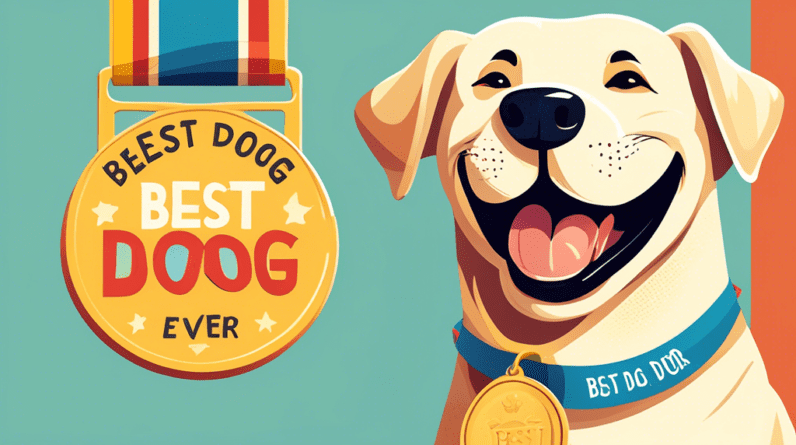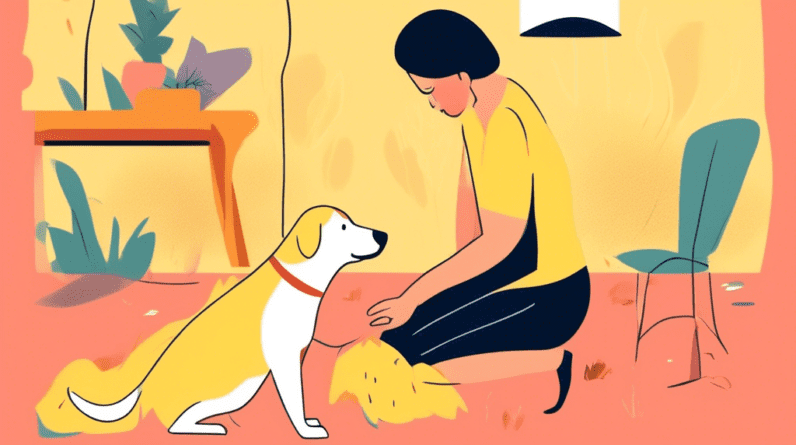
Does the AKC Recognize Silver Labs?
The answer is a bit complicated: yes, but with a caveat. The American Kennel Club (AKC) recognizes the Labrador Retriever breed, which includes yellow, chocolate, and black Labs. However, the silver coloration in Labrador Retrievers is a subject of ongoing debate and controversy.
Understanding the Controversy
The crux of the matter lies in the genetics of coat color inheritance in Labrador Retrievers. The AKC breed standard, which outlines the ideal characteristics of a breed, only recognizes three coat colors: black, yellow, and chocolate. These colors result from specific gene combinations. Silver, a dilute shade of chocolate, isn’t directly mentioned in the standard.
The Genetics of Coat Color in Labrador Retrievers
To fully grasp the debate, it’s crucial to understand the basic genetics of Labrador Retriever coat colors:
- B Locus (Black/Brown): The B gene determines whether a dog will be black or brown (chocolate). The dominant B allele codes for black, while the recessive b allele codes for brown.
- BB: Black
- Bb: Black (carrying brown)
- bb: Brown
- E Locus (Pigment Distribution): The E gene controls whether the B locus pigment is expressed. The dominant E allele allows for full expression, while the recessive e allele restricts black/brown pigment to the eyes and nose, resulting in a yellow coat.
- EE: Black or Brown, depending on the B locus
- Ee: Black or Brown, depending on the B locus
- ee: Yellow, regardless of the B locus
- D Locus (Dilution): This is where the silver color comes in. The D gene is responsible for diluting pigment. The dominant D allele allows for full pigment intensity, while the recessive d allele dilutes black to charcoal/gray and brown to silver.
- DD: Full pigment intensity
- Dd: Full pigment intensity (carrying dilution)
- dd: Diluted pigment (charcoal/gray or silver)
Therefore, a silver Labrador Retriever has two copies of the recessive d allele (dd) in combination with the bb alleles (brown) at the B locus. This dd genotype dilutes the brown pigment, resulting in the silver coat color.
The Dilution Gene Controversy
The existence of the dilution gene (d) within the Labrador Retriever breed is where the controversy begins. Some Labrador Retriever enthusiasts believe that the dilution gene was introduced through crossbreeding with other breeds, such as Weimaraners, at some point in history. They argue that this crossbreeding compromises the Labrador Retriever’s breed purity and that silver is not a naturally occurring color in the breed.
On the other hand, some breeders and owners believe that the dilution gene has always been present within the Labrador Retriever gene pool, but its expression was rare and often went unnoticed or undocumented. They argue that silver Labs have existed for many years, and their recent surge in popularity has brought the color to the forefront.
The AKC’s Stance on Silver Labs
The AKC’s position on silver Labs is one of acknowledgment but not endorsement. The AKC registers silver Labs as Chocolate Labradors because the dilution gene affects the chocolate coloration. However, the AKC breed standard does not recognize silver as a distinct color, and judges in conformation shows are instructed to penalize dogs exhibiting a distinctly silver shade in the show ring.
Arguments For and Against Recognizing Silver Labs
Arguments for Recognition:
- Historical Presence: Proponents argue that anecdotal evidence suggests silver Labs have existed within the breed for decades, even if their recognition was limited.
- Genetic Variation: Recognizing silver as a standard color could encourage responsible breeding practices and genetic diversity within the breed.
- Discrimination Concerns: Some view the exclusion of silver Labs as discriminatory and believe all healthy Labrador Retrievers should be judged equally regardless of color.
Arguments Against Recognition:
- Breed Purity: Opponents argue that recognizing silver would legitimize crossbreeding and dilute the Labrador Retriever’s established lineage.
- Health Concerns: Some associate the dilution gene with potential health issues, although scientific evidence supporting this claim is limited.
- Maintaining Breed Standards: Critics argue that recognizing silver undermines the AKC breed standard and the years of careful breeding that have gone into establishing the breed’s characteristics.
Ethical Considerations
Beyond the technicalities of genetics and breed standards, ethical considerations are at play. Responsible breeding practices that prioritize the health and well-being of the dogs should be paramount. Breeders and owners must be knowledgeable about the potential health risks associated with the dilution gene and make informed breeding decisions.
The Future of Silver Labs
The future of silver Labs within the AKC remains uncertain. As the debate surrounding their recognition continues, it’s essential to approach the topic with careful consideration for the breed’s history, genetics, and the ethical implications of breeding decisions.
Conclusion
The recognition of silver Labs by the AKC is complex and multifaceted. While they are registered as Chocolate Labradors, the debate about their place within the breed standard persists. As responsible stewards of the breed, it’s our duty to stay informed, engage in respectful dialogue, and prioritize the health and well-being of all Labrador Retrievers, regardless of their color.






